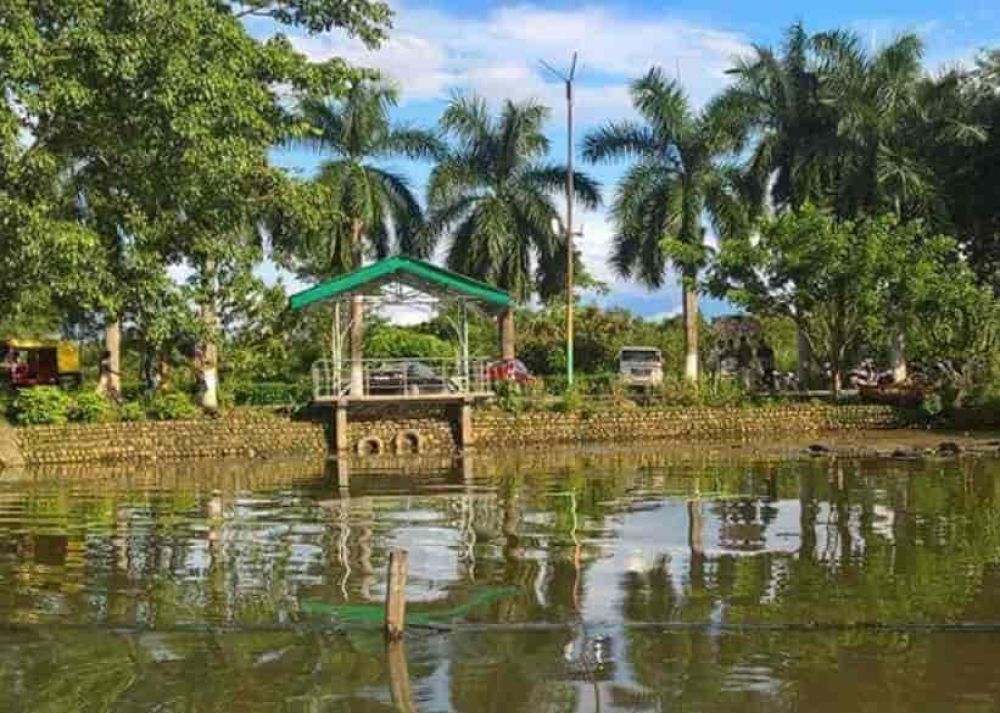

Nestled amidst the exotic landscapes of Nagaland, Green Park in Dimapur stands as a beacon of serenity and greenery for travelers. While Nagaland itself has been a hidden gem in India's tourism sector, the history of tourism in Green Park has evolved alongside the state's growing popularity. Once mostly visited by domestic tourists and adventure seekers, the park has seen an increase in international visitors over recent years.
The inception of Green Park as a tourist destination is relatively recent when compared to other historical sites in India. Its establishment was part of a broader initiative to promote eco-tourism and showcase the rich biodiversity of the region. As Nagaland started gaining recognition for its cultural festivals, such as the celebrated Hornbill Festival, tourists looking for an authentic Naga experience began gravitating toward natural spots like Green Park.
With the government's push to boost tourism, infrastructure around Green Park has seen significant improvements. The addition of walking trails, picnic spots, and conveniences has made it more accessible and family-friendly. The park is well-maintained and provides a peaceful retreat from the bustling city life of Dimapur, with its lush surroundings attracting nature lovers and photographers alike.
The latest tourism trends at Green Park highlight a shift towards sustainable and immersive travel experiences. Visitors are increasingly interested in activities that allow them to connect with nature and local cultures. Eco-friendly practices are being embraced, from garbage disposal to the prohibition of plastic, echoing a global trend towards more responsible tourism.
Educational tourism is on the rise, with schools and colleges organizing trips to Green Park to educate students about the importance of conservation and biodiversity. Recreational activities such as bird watching, fishing, and boating have also become popular, catering to a wide array of interests and age groups.
The power of social media has played a significant role in Green Park's tourism boom. Picturesque views of the park's scenery circulate on platforms such as Instagram and Facebook, drawing more visitors eager to capture their own moments. Digital marketing campaigns by the Nagaland tourism board have further boosted awareness and interest.
The local community has also benefitted from the tourism at Green Park. Employment opportunities for guides, vendors, and maintenance staff have increased, contributing to the local economy. The park has become a vibrant hub where cultural exchange takes place, and visitors can sometimes witness local artists and musicians showcasing their talent.
The future of tourism at Green Park looks bright, with continued initiatives aimed at enhancing visitor experience while preserving the natural environment. Embracing innovative ideas like virtual tours and interactive apps for biodiversity education can also contribute to Green Park's appeal to a tech-savvy generation. With responsible travel policies and community engagement, Green Park is set to remain a cherished destination for both nature lovers and culture enthusiasts.
In summary, Green Park in Dimapur, Nagaland, has a relatively young yet vibrant history of tourism that continues to evolve with the times. Its blend of natural beauty, cultural richness, and commitment to sustainability positions it wonderfully in the ever-changing landscape of travel preferences.